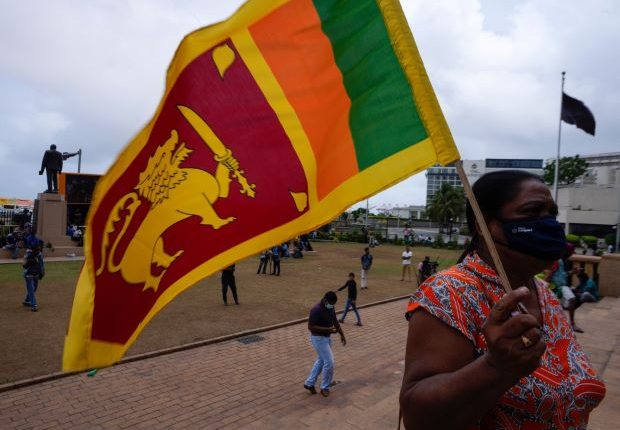Sri Lanka’s sovereign bondholders to play hardball over domestic re-structuring
COLOMBO – Sri Lanka’s sovereign bond holders are not likely to agree to any deal without domestic debt re-structuring, a media report said, though the island’s authorities are trying to avoid a second domestic restructuring with rupee debt already hit by depreciation and inflation.
“Sri Lanka’s international bondholders are likely to reject any debt restructuring proposal that doesn’t include the government’s local obligations,” Bloomberg Newswires said citing un-named sources.
“Commercial creditors say the island nation will only restore debt sustainability and foster economic growth if it recasts both its foreign- and local-currency liabilities.”
Sri Lanka authorities have said a domestic debt restructure would endanger banks, which have already suffered a hit on their capital.
Following a collapse of the currency from Rs 200 to 360 to the US dollar, the real value of rupee loans has halved with inflation peaking at around 70%.
The economy inflated 45% in the third quarter and rupee revenues rose around 38% up to August 2022, despite a slowing economic activity in an automatic re-structuring known as High Inflation and Financial Repression (IFR). The value of domestic debt is down by around 20 billion dollars.
Under International Monetary Fund (IMF) backed re-structuring prescribed for crisis prone Latin American nations, all creditors except multilaterals are expected to be given ‘equal treatment’ in present value dollar terms.
Domestic Treasuries holders are continuing to roll-over debt and lend new money to the government at half the rate of inflation, going beyond senior creditor multilaterals who re-purposing existing commitments.
Sri Lanka defaulted on its foreign debt in early 2022 after ratcheting up sovereign bond holdings from 5 to 14 billion dollars from 2015 to 2019 as the country ran into forex troubles under ‘flexible inflation targeting’.
Separately Sri Lanka also took monetary instability loans from China and in 2022 from India.
Sri Lanka ran out of foreign reserves in late 2021 and after defaulting and borrowing from India in 2022, the central bank itself is in debt of around 4.0 billion US dollars.
Sri Lanka however is expected to legalize ‘flexible inflation targeting’ and a flexible exchange rate (depreciating the currency to cover policy errors in mis-targeting of rates), which critics say could be one of most unstable intermediate regimes ever devised by Western Mercantilists.
Under a flexible exchange rate as seen in action over the past 7 years, Sri Lank has faced three currency crises and output shocks, which also contributed to a rise in debt.
With long periods of stability all but ruled out under flexible inflation targeting, given recent experience, critics say Sri Lanka may be forced to engage in domestic currency re-structuring.
-economynext.com



Comments are closed, but trackbacks and pingbacks are open.